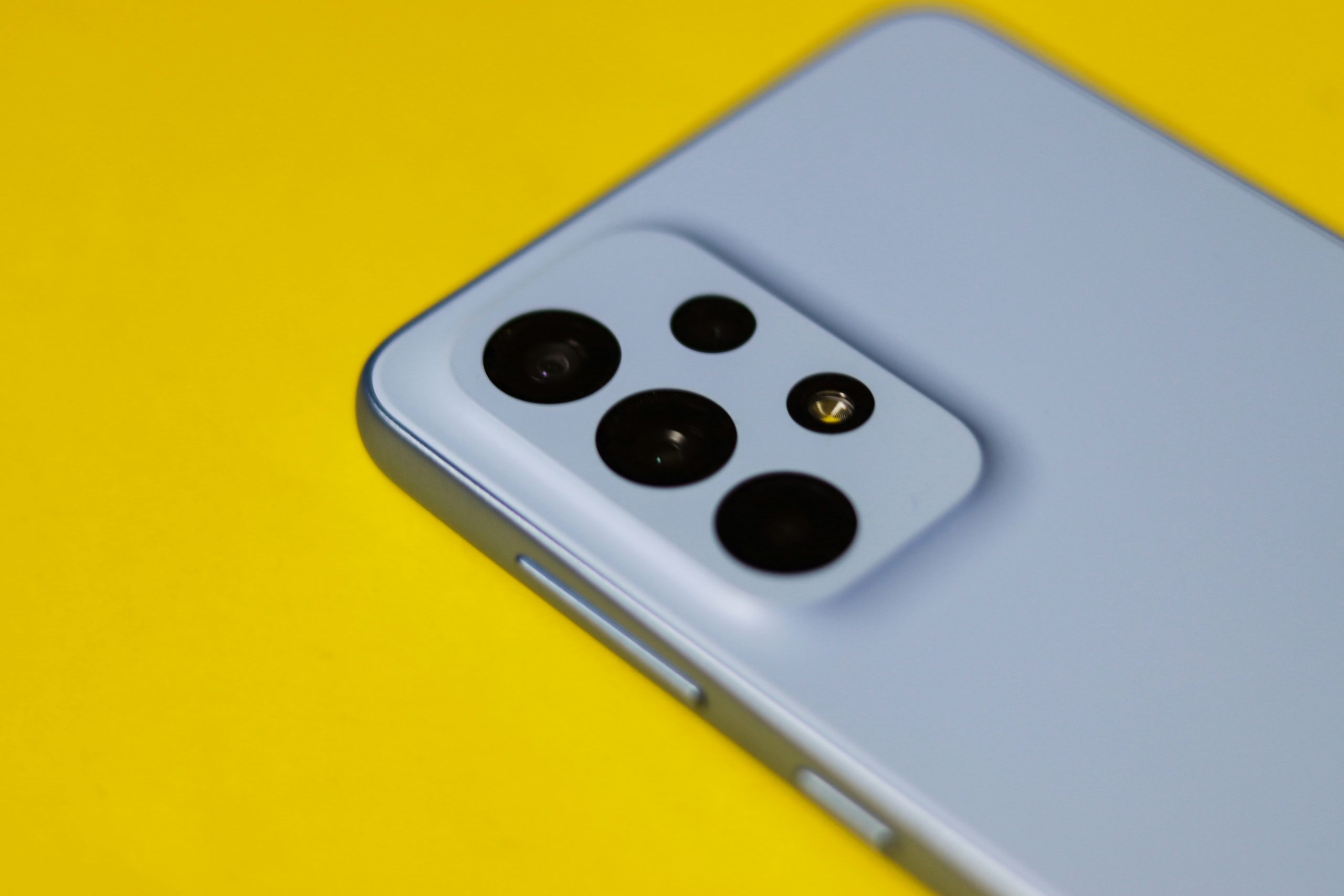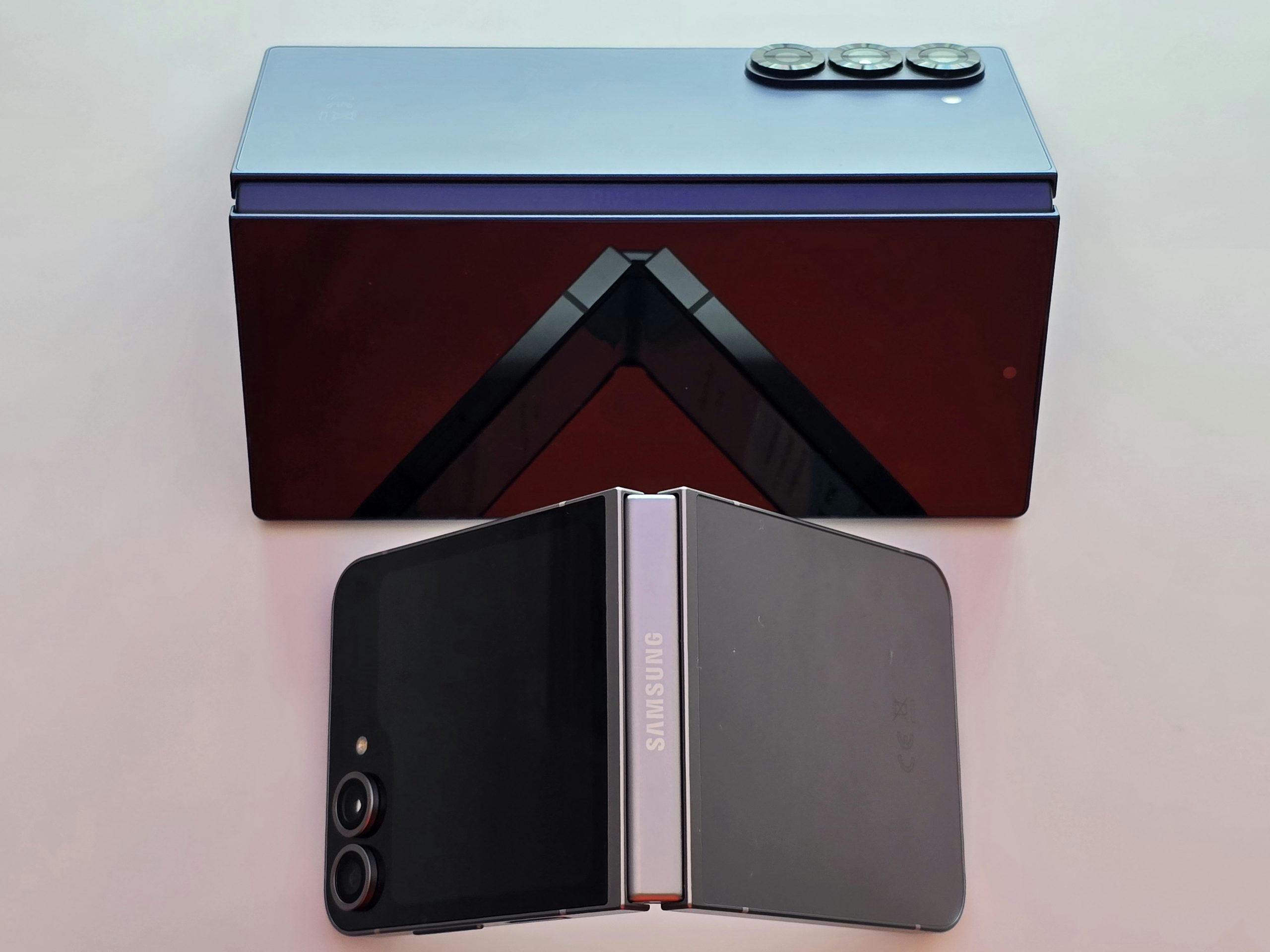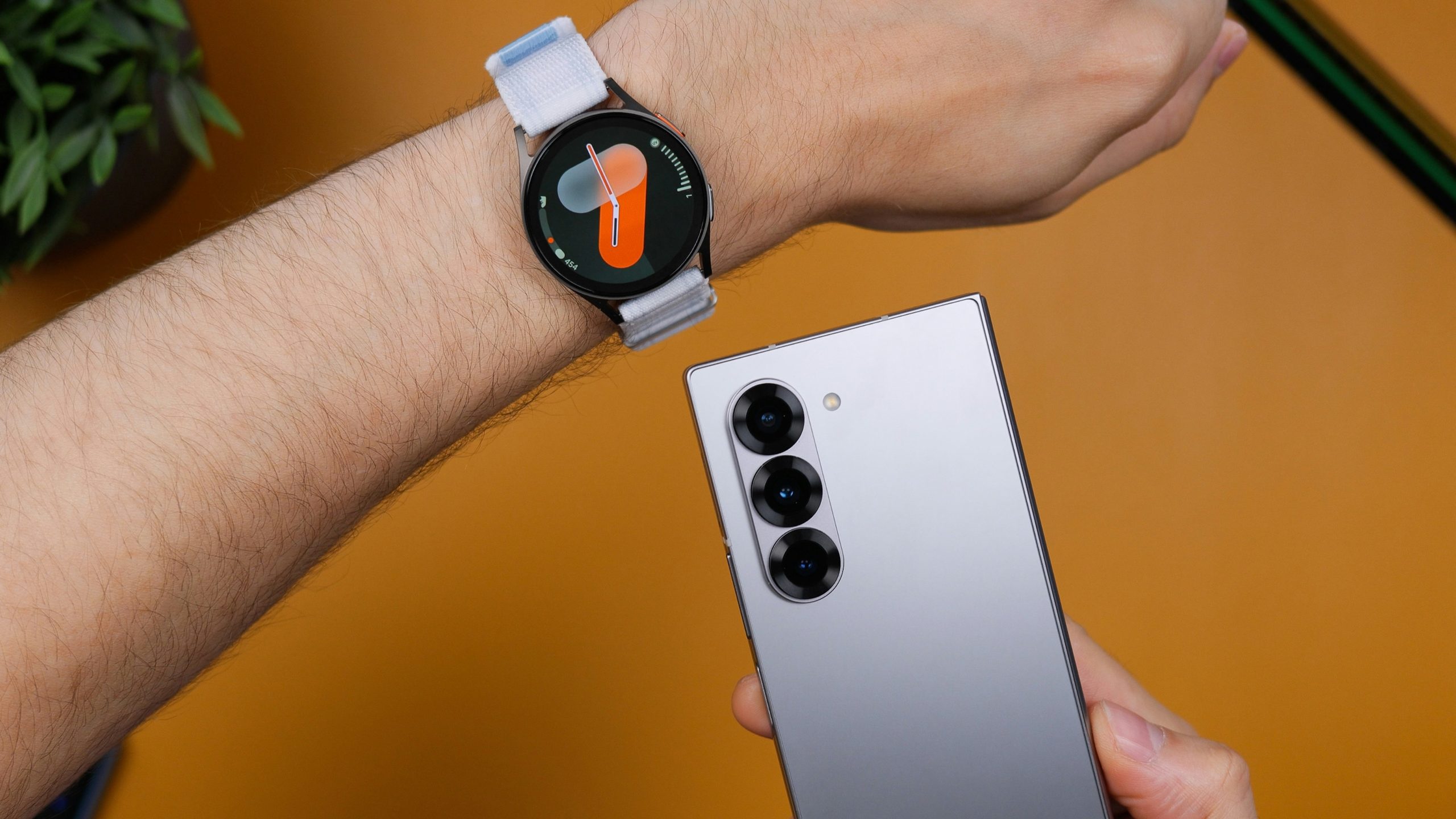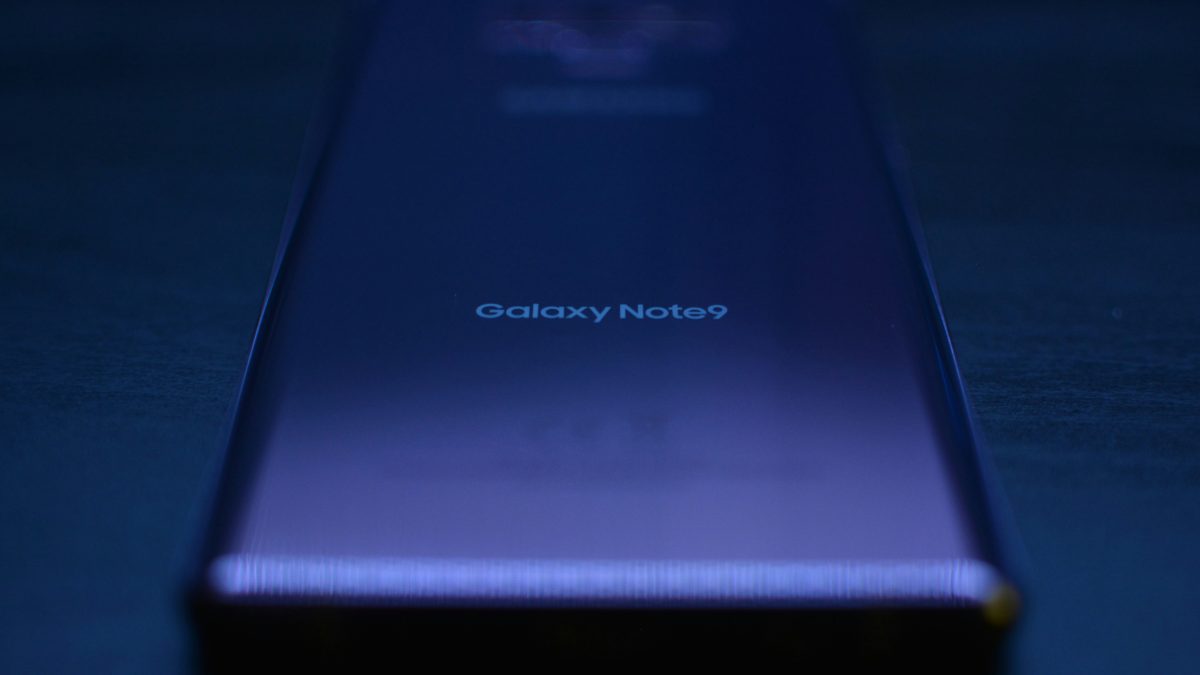As Samsung enthusiasts eagerly embrace the latest features and enhancements in One UI 7 Beta, some users may find themselves longing for the stable familiarity of One UI 6. Whether it’s due to pesky bugs, performance glitches, or simply a desire for a more polished experience, downgrading from a beta version can be an appealing option. But fear not! This quick guide is here to navigate you through the often-tedious process of rolling back to a stable version without losing your precious data or voiding your warranty.
In this article, we’ll demystify the steps required to downgrade your Samsung device from One UI 7 Beta to the tried-and-true One UI 6. With clear instructions and practical tips, you’ll be able to reclaim that smooth and responsive user experience you’re accustomed to—without breaking a sweat. So put on your tech-savvy hat as we dive into this seamless transition that will have you enjoying all the reliable features of One UI 6 once again!
Reasons to Downgrade to Stable Version
Downgrading to the stable version of One UI 6 from the beta can provide a plethora of benefits that significantly enhance your overall user experience. While beta versions often boast exciting new features and improved performance, they can also introduce bugs and stability issues that ultimately hinder daily functionality. By switching back to the stable release, you not only enjoy a more reliable interface but also benefit from optimizations and refinements that have been rigorously tested by real-world users.
Another compelling reason to consider downgrading is access to robust customer support. When using a beta version, you may find limited resources for troubleshooting or resolving issues—after all, you’re part of an experimental phase. On the other hand, stable releases come with comprehensive documentation and community forums filled with experienced user insights, ensuring you have plenty of help at your fingertips if problems arise. Plus, returning to a mature version means enjoying a smoother experience with applications optimized for stability rather than experimentation, allowing you to maximize productivity without unwarranted interruptions. In essence, downgrading is a strategic move towards reliability and peace of mind in your Samsung device’s operation.

Preparing Your Device for Downgrade
Before embarking on the journey to downgrade from One UI 7 Beta to Stable One UI 6, it’s crucial to prepare your device to ensure a seamless transition. Start by backing up all your important data—contacts, photos, and app settings—to avoid any potential loss during the process. Utilize Samsung’s Smart Switch or various cloud services for a comprehensive backup that will make recovery simple and fast.
Next, consider clearing out unnecessary apps and files. A decluttered device minimizes the risk of encountering glitches post-downgrade. Additionally, ensure that your battery is fully charged and keep the device connected to a power source throughout the entire downgrading procedure—nothing derails an upgrade quite like an unexpected shutoff! Finally, familiarize yourself with Odin software (if applicable) since it’s often used for flashing firmware on Samsung devices; understanding its functions can alleviate some anxiety around the technical aspects of this process. Preparing thoroughly allows you not just to protect your data but also gives you peace of mind as you revert back to a stable environment tailored for optimal performance.
Backup Important Data Before Proceeding
Before diving into the process of downgrading from One UI 7 Beta to stable One UI 6, it’s imperative to prioritize your data’s safety. A common oversight among users is assuming that a simple software transition won’t affect their personal files. However, beta versions can be unpredictably unstable, often leading to unexpected crashes or data loss during the downgrade process. Take a moment to safeguard your precious photos, messages, and app data by performing a comprehensive backup.
Utilizing Samsung’s Smart Switch is one of the most efficient ways to ensure your data remains intact throughout this transition. This versatile tool effortlessly backs up everything from call logs to application settings, giving you peace of mind as you proceed with the downgrade. Don’t just stop at using internal features; consider third-party applications for cloud-based backups if they’re more aligned with your preferences or needs. In an age where digital memories are priceless, investing time in securing them before modifications pays off immeasurably and enables a smoother journey back to stability without the lingering fear of losing important information.

Download Required Firmware Files Safely
When it comes to downgrading your Samsung device, one crucial step is ensuring that you download the required firmware files safely. Utilizing official sources is paramount; it not only minimizes the risk of downloading malicious software but also guarantees that you’re obtaining the correct version tailored for your device model. Websites such as SamMobile or the official Samsung Support page are excellent starting points to find legitimate firmware downloads.
Before clicking that download button, always double-check compatibility with your device’s model number and region. Cross-referencing these details can save you from potential headaches caused by using incorrect or unsupported firmware. Additionally, consider using a reliable VPN service while downloading files to add an extra layer of security against any data threats. Once downloaded, verify checksums if provided—this simple practice can confirm integrity and ensure peace of mind before proceeding with installation.
Installing Odin Software on Your PC
Before diving into the process of downgrading One UI 7 Beta to the stable One UI 6, it’s crucial to equip your PC with Odin software. Odin is a powerful tool that allows Samsung users to flash firmware, and its installation can seem daunting at first but is fundamentally straightforward. Begin by downloading the latest version of Odin from a reputable source. Ensure you extract the files into a dedicated folder on your PC for easy access during the flashing process.
Once opened, connect your Samsung device in Download Mode—this typically involves turning off your phone, then pressing and holding specific button combinations (usually Power + Volume Down + Home) until prompted. The Odin interface should promptly recognize your device, indicated by an “Added!” message in the log box. It’s essential to have Samsung USB drivers installed on your computer before this step; otherwise, your device may not be detected properly. With everything set up correctly, ensure you load the appropriate One UI 6 firmware file into Odin before proceeding with caution through this powerful tool’s features—it could mean reviving stability and performance on your beloved smartphone!

Steps to Flash Stable One UI 6
Flashing Stable One UI 6 on your Samsung device is a straightforward process, but it requires careful attention to detail. First, ensure you’ve backed up all essential data, as this process may wipe your device clean. Next, download the appropriate firmware for your specific device model from reliable sources; using a tool like Samfw or SamMobile can guarantee you access to the correct files. Once you’ve downloaded the firmware, extract the ZIP file and prepare for flashing.
Next up is utilizing Odin—a powerful application used for software updates on Samsung devices. Boot your phone into Download Mode by switching off your device and pressing the Volume Down + Home + Power buttons simultaneously until warnings appear; then press Volume Up to continue. With Odin open on your computer, connect your phone via USB; ensure it’s recognized (look for an Added message). Load the extracted firmware files into their designated sections in Odin before clicking ‘Start’—watching this process unfold is both thrilling and nerve-wracking as moments later, a PASS message signifies successful installation. After rebooting, allow some time for initial setup adjustments—what awaits you is a refreshed experience with One UI 6’s intuitive design and smooth performance that enhances usability while elevating customization options!
Conclusion: Benefits of Returning to Stability
Returning to stability by downgrading from One UI 7 Beta to the stable One UI 6 offers users a host of benefits that can significantly enhance their overall experience with their Samsung devices. First and foremost, stability means reliability; you regain access to a user interface that has been thoroughly tested, minimizing bugs and glitches. This is crucial for those who rely on their smartphones for everyday tasks—whether it’s conducting business, staying in touch with loved ones, or simply navigating daily life without interruptions.
Moreover, opting for a stable version enables users to take full advantage of performance optimizations and battery life enhancements that may not have yet been fully realized in beta versions. Some enthusiasts may feel drawn to new features in beta updates but often overlook how these test phases can introduce unforeseen complications—slowing down processes or draining battery life faster than expected. By returning to One UI 6, you’re not just ensuring smooth functionality; you’re also fostering a more intuitive user experience that prioritizes efficiency and longevity over experimental novelty. Ultimately, this choice reflects a smart balance between innovation and the fundamental needs of everyday technology use.
Related posts
New Articles
How Much Do Firefighters Make: A Comprehensive Salary Guide
Firefighters are everyday heroes, risking their lives to protect communities and respond to emergencies. While the job offers immense satisfaction…


